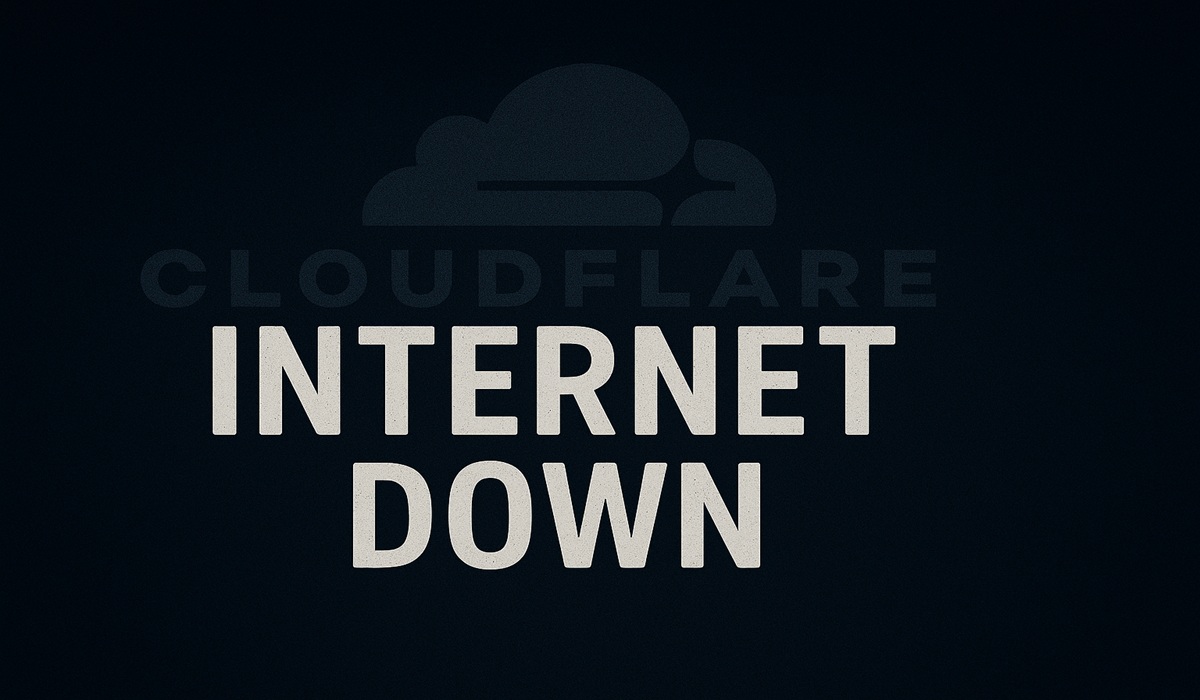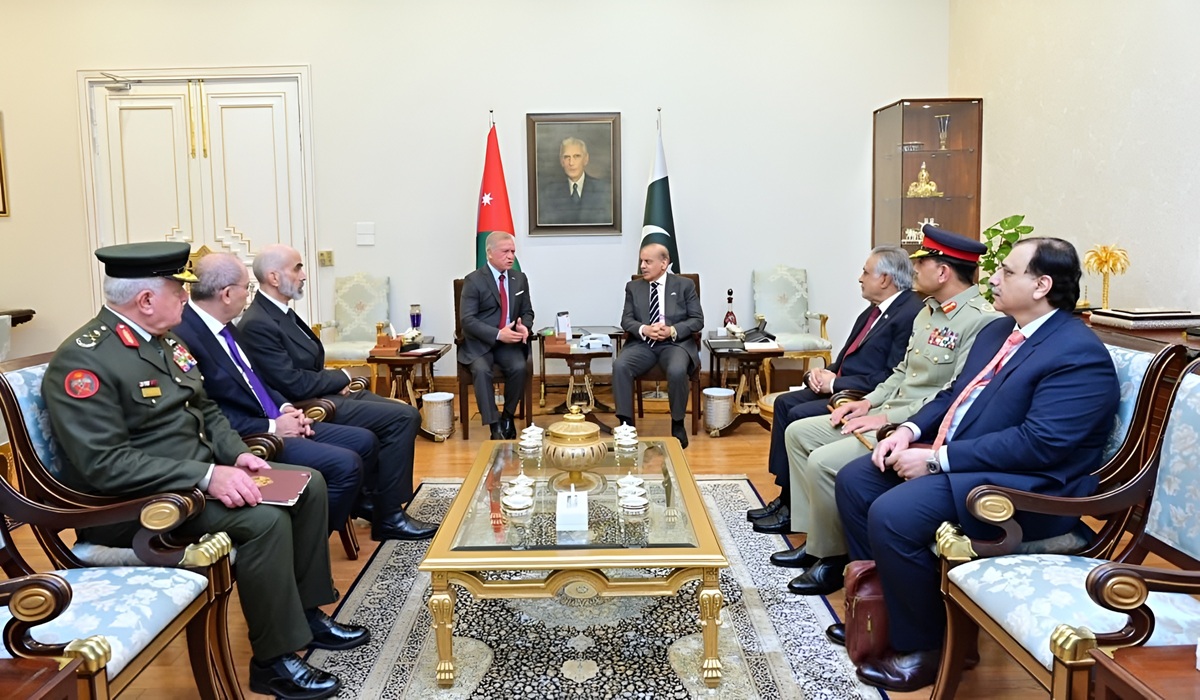Pakistan’s Crypto Future: Changpeng Zhao and the Future of Digital Finance
- TDS News
- South Asia
- Technology
- Trending News
- September 24, 2025

By Donovan Martin Sr, Editor in Chief
On April 7, 2025, Pakistan’s Ministry of Finance announced that Changpeng Zhao—founder of Binance and one of the most consequential builders in digital assets—would serve as strategic advisor to a newly constituted Crypto Council. The symbolism was impossible to miss. After years of ambivalence, the state is placing a globally seasoned operator inside the decision room, signalling that the next phase of its financial modernization will be designed rather than improvised.
For more than a decade, crypto had lived in the gray spaces here: freelancers invoicing foreign clients in stablecoins, families skirting high transfer fees through on-chain rails, young traders learning the markets on their phones. Adoption grew, regulation lagged, and the gap between what people were doing and what the rules allowed kept widening. The appointment of Zhao put a line under that drift. It said, plainly: the informal economy is already digital; the formal one now has to catch up.
The Crypto Council, housed under the finance ministry, was built to coordinate what used to be scattered. Central bank officials, securities regulators, the IT establishment—actors who once worked in parallel—are being asked to write a single playbook for custody, licensing, disclosure, and consumer protection. Zhao’s value in that room is not abstract. He has navigated sharp regulatory turns across regions, scaled liquidity and fiat gateways at speed, and learned—sometimes painfully—where guardrails are indispensable. Importing that institutional memory shortens the country’s learning curve more than any white paper could.
Energy policy was the first arena where the new posture became visible. Weeks after the advisory announcement, the government said it would earmark 2,000 megawatts of surplus electricity for compute-heavy industries, with bitcoin mining and AI data centers explicitly in scope. The plan reframes a chronic weakness—misaligned generation and demand—into a potential advantage. If the power is stranded or curtailable, directing it into high-density computing can absorb slack and create exportable digital output. If the siting is sloppy or the oversight is lax, it can crowd out households and factories and invite backlash. Zhao’s presence matters precisely because of that knife edge: the difference between a productivity play and a political liability lies in execution details—interconnection, pricing, demand response, and disclosure—that veteran operators know too well.
Legislation is moving in parallel. The drafting brief is to be “balanced”—firm on anti-money-laundering and consumer safeguards, clear about how tokens are classified, and pragmatic enough to keep builders onshore. For years, the absence of rules pushed activity offshore into venues with weaker protections and less recourse for ordinary users. A credible licensing regime for exchanges and custodians, explicit tax treatment, standards for stablecoin reserves, and bank-level guidance on how to interact with digital-asset firms would flip the incentives: safer services at home, fewer reasons to take risk abroad. That is the sort of plumbing work that never trends on social media but determines whether a market is investable.
Usage data explains the urgency. In Pakistan, estimates through mid-2025 put crypto participation well into the tens of millions, driven by remittances and a large freelancer economy. That reality predates any law Parliament might pass; it is woven into daily life. The question, then, is not whether people will use digital assets, but whether they will do so under rules that protect them and strengthen the financial system—or outside those rules entirely. Bringing a figure like Zhao into the process is a way to bet on the former.
Remittances are the obvious first frontier. The diaspora sends tens of billions home each year, and too much of it evaporates in fees and delays. Properly supervised on-chain corridors—anchored in licensed local on-ramps, with strong know-your-customer controls at the edges and transparent, high-quality reserves behind any stablecoins used—can compress costs and time while improving oversight. Families capture more value, supervisors see cleaner data, and banks gain a modern rail they can actually touch. Zhao has piloted versions of this in other markets; applying those lessons here could move from proof of concept to national infrastructure faster than skeptics expect.
The logic extends beyond money transfers. Tokenized supply chains can give farmers and textile exporters verifiable receipts, inventory finance, and clearer price discovery. Welfare disbursements on transparent rails can narrow the space for diversion and leakage, letting citizens see and verify what they are owed. Startups can tap broader pools of capital through compliant token issuance rather than grinding through bottlenecked credit channels. None of this requires a leap of faith; it requires sequencing. Build the institutional plumbing, open controlled sandboxes, let serious operators test under supervision, and keep retail at arm’s length until the rails prove themselves. That sequencing is where seasoned strategy pays dividends.
There are real hazards. Markets built on novelty can attract the worst actors. Yield schemes metastasize, retail gets hurt, and a fragile trust collapses. Energy-intensive mining can trigger anger if it’s perceived to punish ordinary users with higher tariffs or outages. Dollar-pegged stablecoins can, if mismanaged, deepen currency substitution pressures. And geopolitics is never far away. Pakistan sits at a junction where Washington, Beijing, and the Gulf all have technology and financial interests; any digital-finance architecture will be read through that lens. The country’s task is to harvest outside expertise and investment without surrendering control of the keys.
Zhao’s biography is relevant to that balancing act. He built Binance into a company that reached global scale, saw where speed outran supervision, and recalibrated. An advisor with that arc tends to push for rules that enable rather than smother, and to insist on boring, verifiable foundations: proof-of-reserves that actually prove something, surveillance to catch manipulation, resilient custody rather than improvisation. The council’s challenge is to codify those habits into policy so that they outlast any one personality—Zhao’s included—and any one market cycle.
The energy-compute push will be an early test. Get the siting right—near surplus generation and robust fiber, with demand-response baked in and community benefits visible—and it becomes a story about productivity, exports, and youth employment. Get it wrong—pulling scarce megawatts into walled-off facilities while neighborhoods endure brownouts—and the social license vanishes. Pakistan cannot afford the latter. A transparent tariff structure, public reporting on uptime and load-shedding interactions, and a clear separation between domestic supply and industrial compute are the kinds of practical safeguards that turn a headline into a durable program.
Another test is institutional humility. The temptation in any “national strategy” is to announce everything at once. The smarter path is narrower but deeper: pick a small number of use-cases that hit real pain points—remittances, export settlement, public disbursements—ship with rigorous supervision, and iterate in public. Each success widens the coalition for the next step; each failure contained early prevents a systemic setback. In that sense, the job description for a strategic advisor is as much about pacing as it is about policy.
None of this diminishes the political courage required. Moving a large, noisy, informal market into a regulated framework means telling some operators “no,” and telling others “not yet.” It means building competent, well-paid supervision so talented engineers don’t flee to private arbitrage. It means explaining, repeatedly, why instant riches are not coming and why a slower, safer road is the only one worth paving. But it also means trusting that the combination of youthful talent, a strategic location, and an appetite for pragmatic experimentation can produce outcomes better than the status quo.
Since April, the trajectory has been clear: align energy policy with compute demand, write the rules with real operators in the room, and start where the benefits are easiest to prove. If Pakistan executes that sequence, the payoff is larger than a bump in transaction volumes. It’s a flywheel: cleaner remittance flows that strengthen household balance sheets; export-facing industries with cheaper, faster settlement; public programs with measurable delivery; and a reputation that draws patient capital rather than fast money.
The stakes are not hypothetical. In an era when many countries talk about innovation while defaulting to crackdowns, this is an attempt to design a digital-finance system that serves citizens first and speculation second. If Pakistan gets it right, it will have written a playbook other emerging economies will study. And if it falls short, it will not be for lack of ambition but for the ordinary reasons efforts like this fail—poor coordination, weak execution, or the refusal to measure what matters.
Zhao’s presence does not guarantee success, but it raises the ceiling of what is possible. He brings lived experience of scale, failure, and retooling. The officials he advises bring jurisdiction, accountability, and the power to turn prototypes into institutions. Between them is a chance to convert a sprawling, informal digital reality into a safer, more inclusive financial architecture. If Pakistan chooses patience over hype and supervision over shortcuts, it won’t merely catch up to the future; it will help author it.








